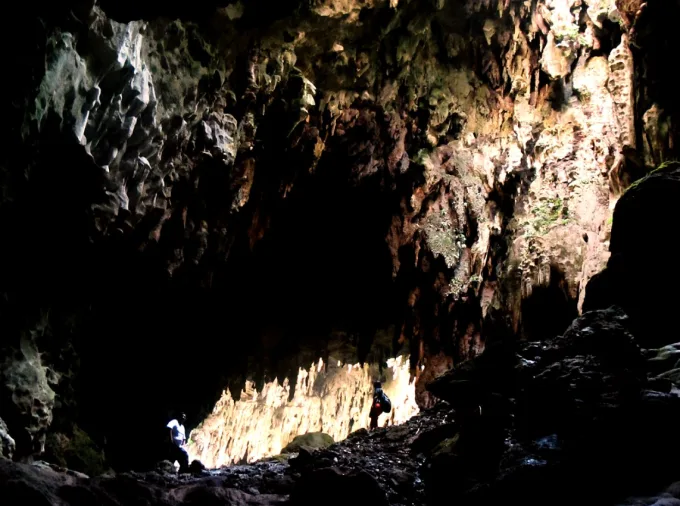
New species of human discovered in Philippines cave
Archeologists have discovered a new species of human called Homo luzonensis after confirming the ancient bones and teeth of a previously unknown species, according to a new study published in Nature.
The scientists have confirmed that the small-bodied fossils found in the Philippine's Callao Cave on the island of Luzon belonged to two adults and one child who lived between 50,000 and 67,000 years ago. The fossils include seven small-sized premolars and molars and a partial femur.

The ground-breaking discovery challenges the conventional, and what some argue is outdated, theory that Homo sapiens had a linear progression from a less advanced to a more advanced species. The researchers have not been able to remove DNA from the fossils, which makes it difficult to date the timeline of this species evolution.
The distinct premolar teeth make this new human species unique, as they are significantly smaller from other ancient teeth that belong to the Homo genus in this region of the world.

Inside the fifth chamber of Callao Cave in the Philippines. This cave is one of 300 that dot the area and is a popular tourist attarction. The photo was taken during Schadow1 Expeditions mapping project in Cagayan Valley (2013). Credit: Wikimedia Commons
Previous studies have revealed that other archaic hominins such as Homo erectus traveled through regions of Southeast Asia over land bridges, which are now the islands of Indonesia, over millions of years ago. The island that the H. luzonensis fossils were found on would have been especially difficult to reach without boats because it was never connected to the mainland.
DON'T MISS: Our country is warming two times faster than the rest of the planet. The Weather Network and Canada's leading experts on climate bring you 2xFaster, an exclusive series premiering Tuesday, April 16.
This new study adds to the mystery of Luzon island - previous research indicates that stone tools and a butchered rhinoceros skeleton were found near the Callao Cave where the H.luzonensis fossils were recently discovered.
The methods of travel that the H.luzonensis used to reach the island is also a mystery. Researchers suggest that the evidence of rhinoceros fossils could indicate that they swam there, and that perhaps this new human species used basic rafts.
The significant findings of this new study suggest that Southeast Asia, which has not historically received extensive attention from paleoanthropologists, could become a new region of the world that helps us uncover more of our mysterious and fascinating evolutionary past.









